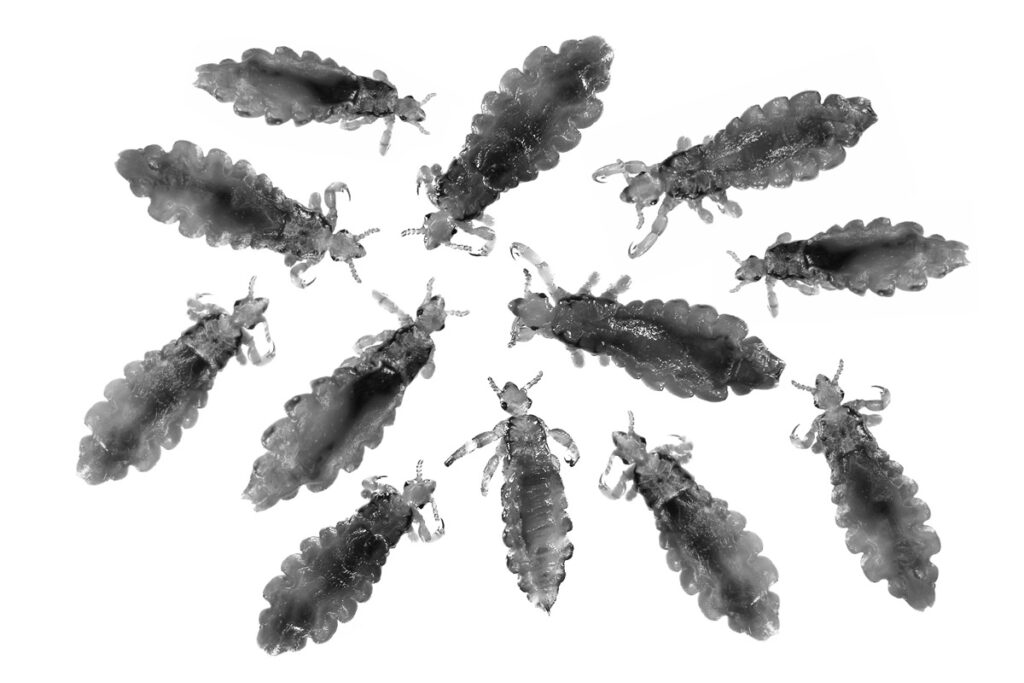Head lice infestation is a concern for children of all races, but there is a common misconception that Black children are less prone to head lice. Although the incidence might be lower compared to white or Hispanic children, Black kids can still contract head lice, and the reasons why they might become infested can be complex and multifaceted. While some factors like hair texture play a role, head lice can adapt, making prevention important regardless of hair type. One factor affecting the spread of head lice among Black children is the increasing variety of hairstyles. In many communities, children wear hair in braids, twists, or other protective styles that can sometimes make it easier for lice to find shelter. While African hair is generally more coarse and tightly coiled, making it somewhat harder for lice to grip and lay eggs nits, this is not a foolproof protection. Lice have adapted to different hair types and can infest the scalp if they find a way to cling on. With children playing together in schools and daycares, sharing hats, combs, or even leaning heads together, the spread of lice is still possible.

Another factor contributing to lice infestations among Black children is the misunderstanding of how lice are spread and prevented. Often, the belief that head lice do not affect African or Black hair can lead to delayed treatment and insufficient precautions. Head lice are spread through direct head-to-head contact, and while certain hairstyles might reduce the chance of lice transferring, they do not eliminate it. Any child, regardless of their hair type, is at risk when in close contact with others who have lice, especially in environments like schools, camps, and playgrounds. Preventing head lice involves several practical steps. Educating children about the importance of avoiding direct head-to-head contact is essential. While this might be challenging in younger kids who naturally play closely together, teaching older children about personal space and hygiene can help. It is also helpful to avoid sharing personal items such as hats, hairbrushes, and hair accessories.
For children who wear braids or extensions, it is advisable to maintain cleanliness and avoid leaving these styles in for excessively long periods, as this can make lice detection and treatment more challenging. Moreover, do black kids get lice? Yes, although the incidence is lower due to hair structure and common hair care practices that make it harder for lice to survive. Regular hair checks at home are another effective prevention method. Parents should look for nits close to the scalp, especially around the nape of the neck and behind the ears, where lice tend to lay eggs. Using a fine-toothed lice comb during hair washes can help in early detection. For extra precaution, some parents opt for preventive treatments like essential oils, which may deter lice but are not a guaranteed solution. In conclusion, while head lice may be less common among Black children due to hair texture, they are not immune. Preventive measures, combined with good hair hygiene and regular checks, can help reduce the risk and address any infestation quickly.


